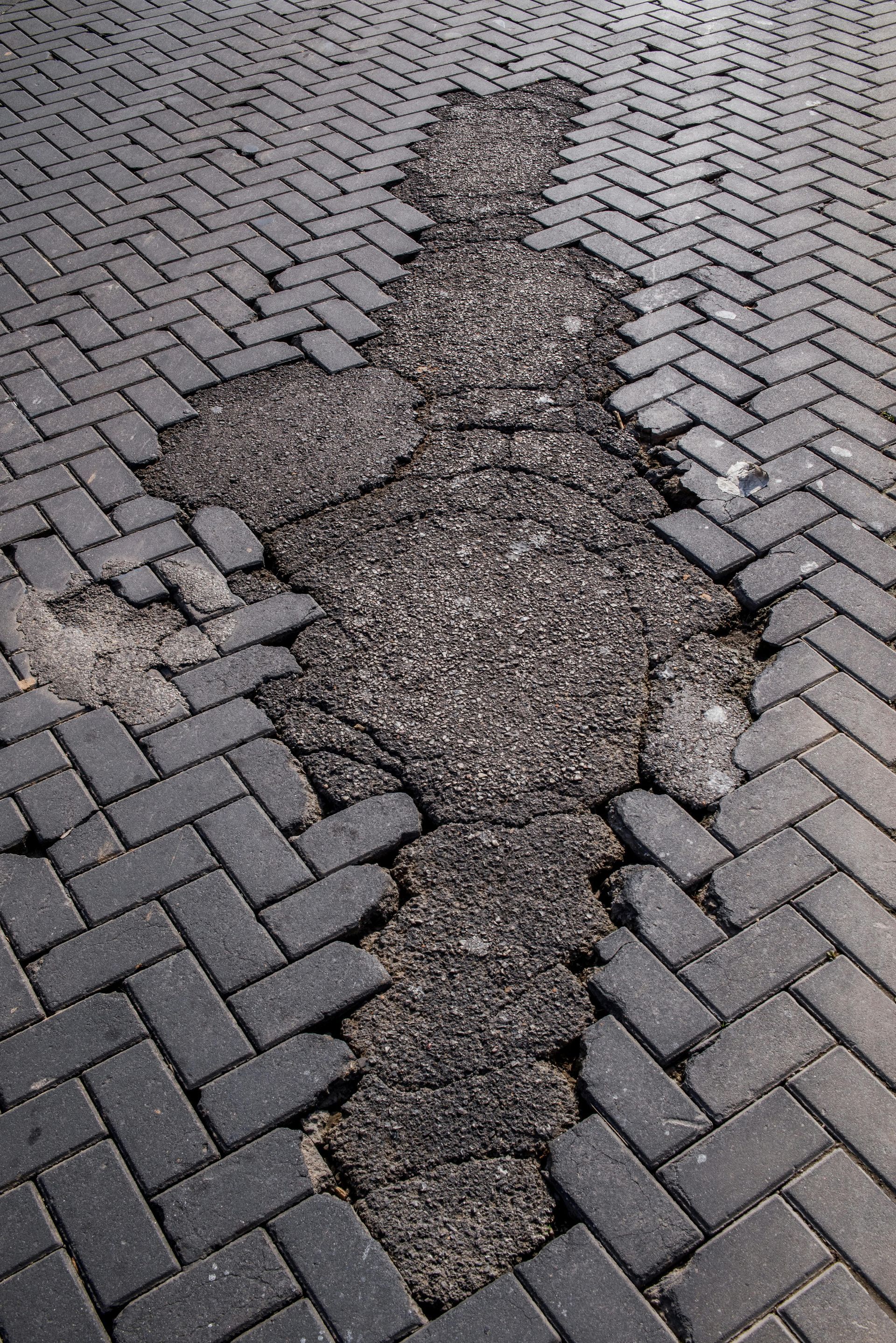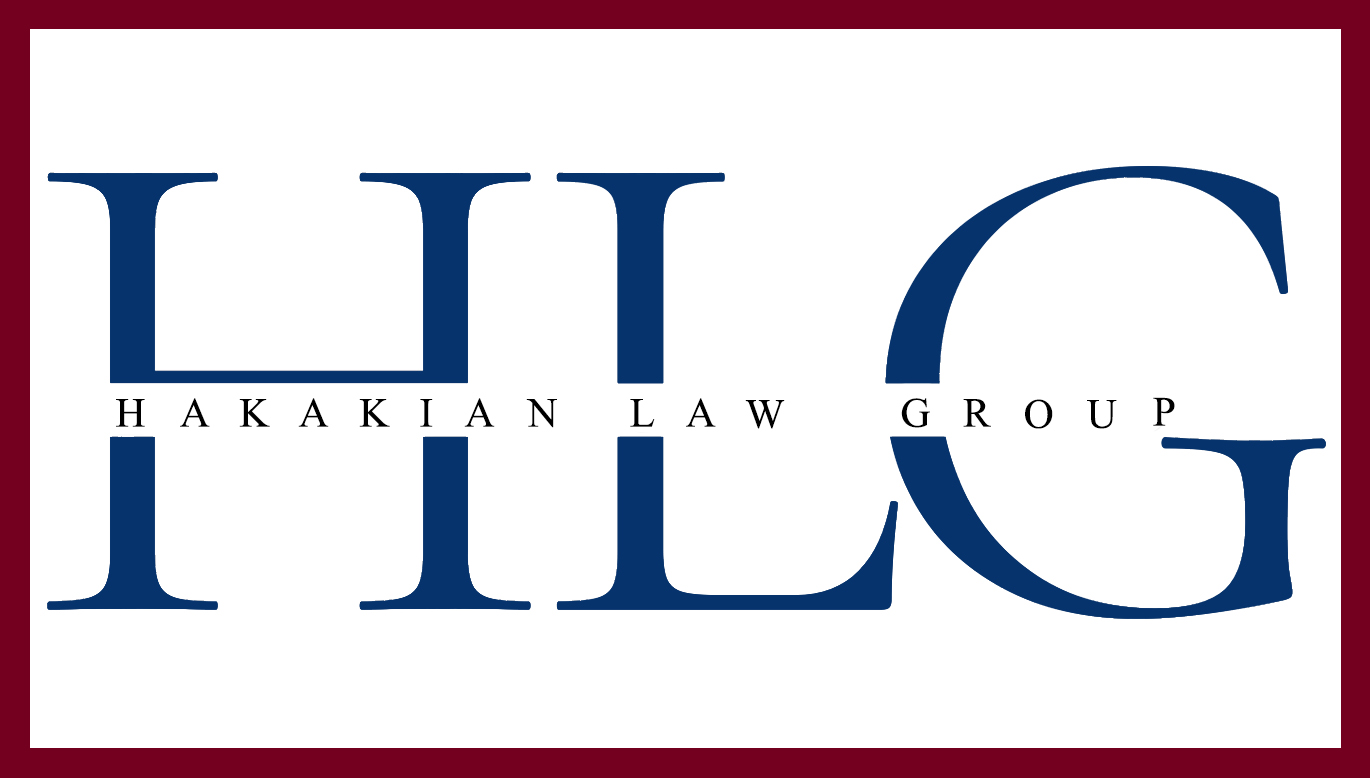Holding Negligent Property Owners Accountable
Premises Liability Attorneys Serving Los Angeles & All of California
Understanding Your Rights After an Injury on Unsafe Property
In California, property owners and managers have a legal duty to keep their premises reasonably safe for visitors. When that duty is neglected and someone gets hurt, the injured person may have the right to pursue a premises liability claim.
From bustling commercial districts like Downtown Los Angeles to apartment complexes in West Hollywood, unsafe conditions can lead to serious injuries—slip and falls, broken stairs, dog bites, and even assaults caused by inadequate security. Our Los Angeles premises liability attorneys understand the unique hazards in our communities and fight to hold negligent property owners accountable.
Common Premises Liability Cases We Handle
Helping Victims of Dangerous Property Conditions Across Southern California

Premises liability covers a wide range of accidents that occur due to unsafe or poorly maintained property. Our firm has experience handling cases such as:
Case Types Include:
- Slip & Fall Accidents – spills, wet floors, uneven surfaces
- Trip & Fall Hazards – cluttered walkways, potholes, broken sidewalks
- Dog Bites & Animal Attacks – unrestrained pets on public or private property
- Defective Conditions – collapsing balconies, broken handrails, building code violations
- Inadequate Security
– poorly lit areas, lack of security measures leading to assaults
California’s Duty of Care in Premises Liability Cases
How State Law Protects Injury Victims

In California, the level of responsibility a property owner has toward you can depend on why you were on the property—whether as a customer, guest, or even as a trespasser. While trespassers have limited rights, owners still can’t willfully cause harm.
For injury victims, proving negligence often requires showing that:
- A dangerous condition existed
- The owner knew or should have known about it
- They failed to fix it or warn visitors
- That failure directly caused your injury
Key Legal Elements
- Dangerous condition present on the property
- Owner’s knowledge or constructive knowledge of hazard
- Failure to take reasonable corrective action
- Direct link between hazard and injury
